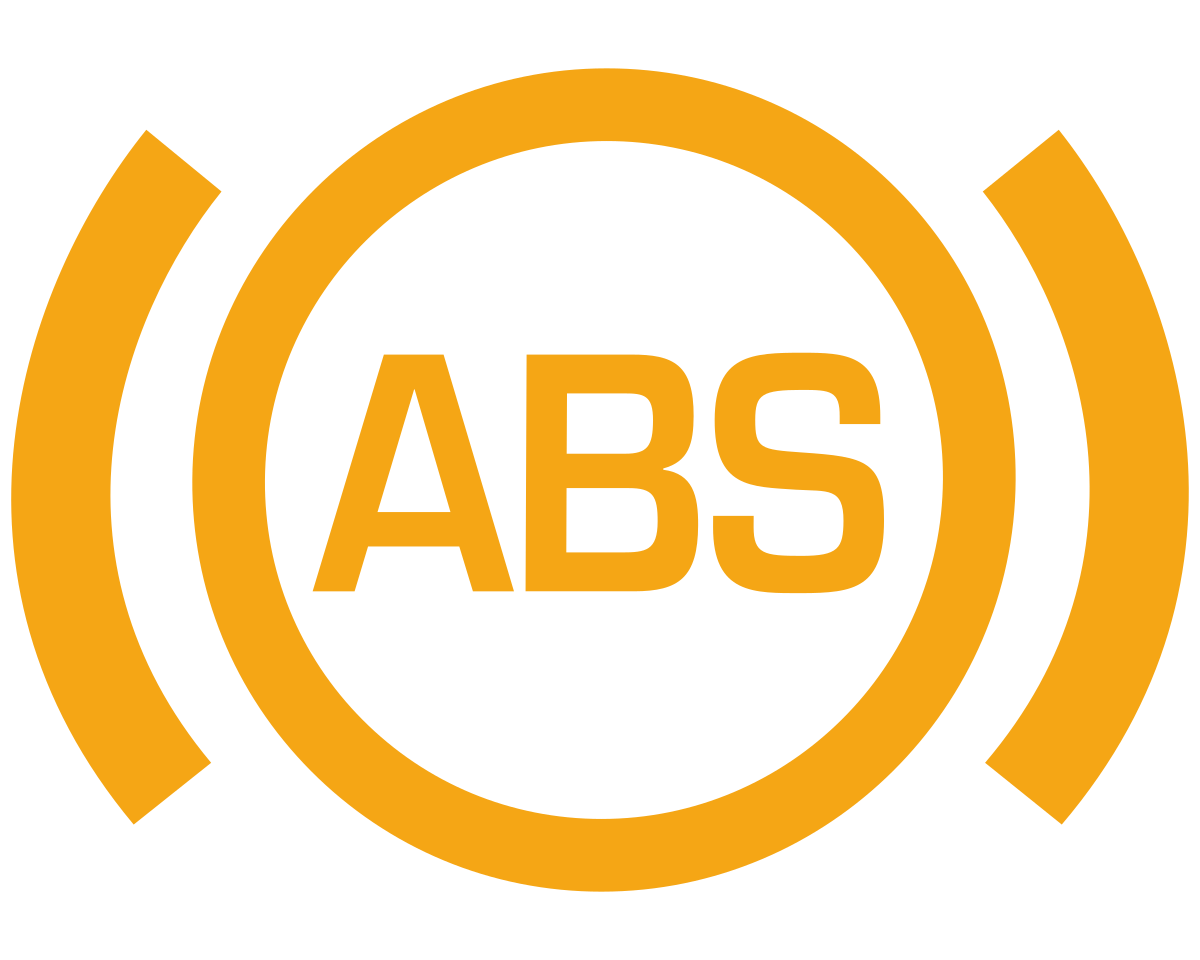How often do you guys drive your CX-5's like you're on a drag strip? I got mine last Feb, so this is my 2nd Boston winter and daily driving, I have no lack of power feeling. Lots of hyperbole in this thread.........
I don't think its a matter of being able to use it or not. Moreso an issue of "I paid for it, so it should be there".
I agree with sm1ke. If I paid extra for more power, I should get it 99% of the time. Low traction (snow, rain) may invoke traction control, but that's not often.
If my Explorer choked when temps were cold, you bet I would be back at the dealer. It's roughly the same 0-60 as the Turbo CX5 based on magazine tests and I don't notice any difference in acceleration except wet/snow when traction control kicks in.
Luckily, the Explorer engine loves the cold weather. I might get a split second of front wheel spin when jumping on it from a dead stop before power is transmitted to the rear. That's regardless of traction control on or off. With traction control on (normal mode), it might kick on, again, for a split second, but once power is transmitted to the rear tires, it'll accelerate like normal. This is in any temp (as low as -20F), dry conditions.
I don't see how/why the CX5 should accelerate much slower in cold temps. I don't think it has enough torque/hp to get full-on 4 wheel spin on cold, dry pavement (assuming full torque available and no traction control).
In all honesty, this is really deterring me from picking up a CX5 (and they have some killer deals on 2019 Sigs and GTRs). I know, internet forums are usually about complaints and most people who don't have issues never report, so we really don't know how widespread this issue is. But, living in 'FREEZING' MN winters does have me concerned/curious if this affects all CX5's.

